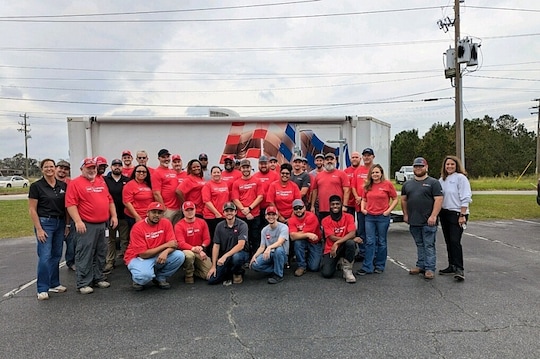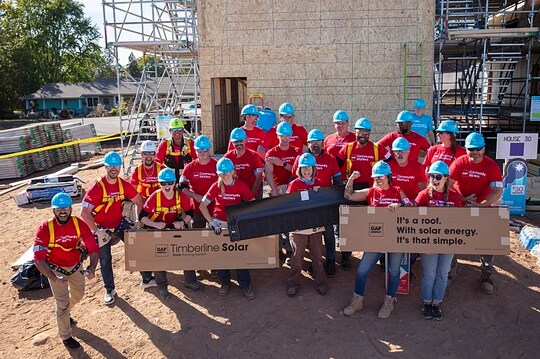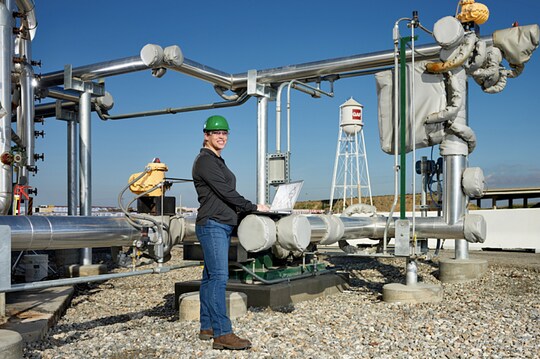
I know, taxes are boring. But let's face it: for many property management businesses – both big and small – our tax bill represents one of our most significant expenses. The smartest executives I know don't make their decisions solely based on taxes. But they do take into consideration the tax effect of any significant investment or expenditure before making them.
The good news is that there are many ways for real estate management businesses to save on their taxes, as long as they plan well in advance and work with competent advisors. If your business owns commercial property then I've got even better news: there are a few great tax saving moves you want to make sure to make before the end of this year.
Tax Saving Strategy #1: Take advantage of Section 179
There is potentially a big deduction for you if you decide to replace or do major repairs to your roof. That's because under Section 179 of the tax code, many small businesses are allowed to take accelerated depreciation for annual expenses up to $1 million and these expenses can include certain expenses that were previously required to be capitalized and depreciated.
This deduction has been popular with small business owners for years, and the 2017 tax reform act made it even better. That's because it expanded the definition of Section 179 property to include certain improvements to their buildings that were previously not applicable, such as the costs include of improving a building's interior and even – in many cases – the repair or replacement of your building's roof. That includes waterproofing and re-roofing.
Here's a secret: you can take advantage of today's low-interest rates or federally backed loans from the Small Business Administration to finance these capital improvements and not only get a deduction for the interest cost but also the full Section 179 deduction as long as you finish the work and it's in service before the end of the year. In this example you're getting all these tax benefits without spending any cash.
If you exceed the limits of the Section 179 deduction, or if you're too big to qualify, then you'll still get to expense your roof replacement/repair costs…but they'll have to be spread out over as many as 39 years.
Tax Saving Strategy #2: Some roof repairs can be expensed right away
The Internal Revenue Service (IRS) will allow you to fully deduct any "ordinary and necessary" costs related to your property that are needed to continue your business. For many of us, that's considered to be repairs and maintenance. But it has to be routine. The IRS defines routine maintenance as something that "keeps your property in a normal and efficient operating condition." These costs generally include things like painting the exteriors or interiors of your business building, repairing broken windowpanes, replacing worn-out minor parts, sealing cracks and leaks, and changing oil or other fluids to maintain business equipment. They can also include regular maintenance on your roof. It's important that your property is always looking up to date and is safe for visitors and employees.
The key thing to know about fully taking advantage of this immediate deduction is to have a written repairs and maintenance expense policy and to follow it consistently. That policy will define what is considered to be a repairs and maintenance expense as opposed to a capital expenditure. A capital expenditure is a longer-term improvement and happens when you incur a cost that basically makes an asset better, like fixing a defect, expanding its use, or increasing its quality. Fixing a roof is considered to be a capital expenditure - you can deduct it, but it will be over a period of years as it gets depreciated. As an example, repairs made to address a roof leak to keep the property in good working condition are deductible.
However, there are some special "safe harbor" rules for small businesses (generally defined as companies with assets less than $10 million) where deductions of up to $5,000 for repairs expense can be automatically realized. According to the IRS "the de minimis safe harbor election eliminates the burden of determining whether every small-dollar expenditure for the acquisition or production of property is properly deductible or capitalizable. If you elect to use the de minimis safe harbor, you don't have to capitalize the cost of qualifying de minimis acquisitions or improvements." This essentially means you're free to write-off expenditures under $5,000 as a repairs and maintenance expense.
Tax Saving Strategy #3: Take advantage of the historic tax credit
If your building is a certified historic structure (it should be listed on the National Register of Historic Places or a contributing building in a National Register or state or local historic district certified by the Secretary of the Interior) then you can get a giant tax credit from the federal government (and possibly your state too) for restoring it. The tax credit is 20 percent and remember, this is a credit, not a deduction. It's even more valuable because the amount you earn offsets your tax bill. There were some changes made to this incentive in 2017 so read the rules carefully. Among the biggest is that there's no longer a credit for buildings constructed before 1936 and you now have to take the credit over a five period instead of the first year. Still, it's a big incentive if your building qualifies.
Tax Saving Strategy #4: Get your energy cost deduction while you can
The clock is ticking on this one, but it's still available through the end of this year. What's available? It's a deduction of up to $1.80 per square foot if you own a commercial building and install a system that saves at least 50 percent of the heating and cooling energy as compared to ASHRAE Standard 90.1-2007 (or 90.1-2001 for buildings or systems placed in service before January 1, 2018). Got that? Obviously, this is the kind of thing that will require the involvement of an engineering or architectural firm. Also, there's still a partial deduction (up to $0.60 per square foot) available for energy-efficient improvements you make for your lighting, heating or cooling systems. You can take advantage of this deduction if your building is placed into service before December 31, 2020.
You're right: taxes are very boring. But they can also be very expensive. The smartest property managers people I meet take the time necessary to minimize this significant cost. If you own a commercial building you should be doing the same by making sure you're taking full advantage of at least some of the above tax incentives available.



